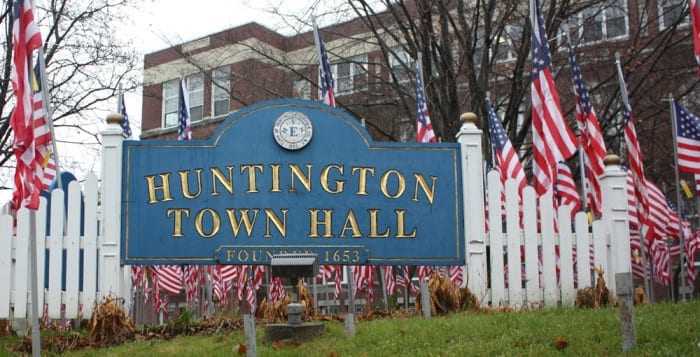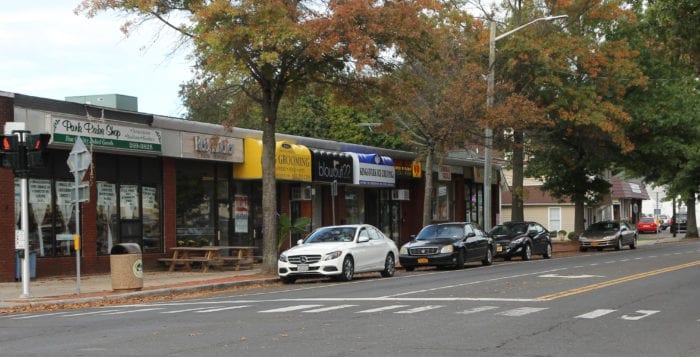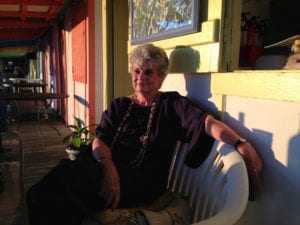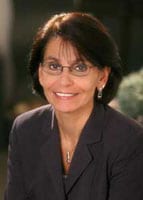As the Town of Huntington is entrenched in a lengthy legal battle with Long Island Power Authority, its elected officials are looking to reduce its dependency on fossil fuels and move to sources of renewable energy.
Huntington town board unanimously agreed to apply for a $62,500 grant from New York State’s Climate Smart Communities Grant Program at its July 17 meeting. If the funding is approved, the town will move forward with a study of its current energy use and how to transition to using more renewable energy resources.
“There is a nationwide movement of towns pledging to go renewable by 2050 and we want Huntington to be one of those towns.”
– Jenny Strandberg
“There is a nationwide movement of towns pledging to go renewable by 2050 and we want Huntington to be one of those towns,” Jenny Strandberg said.
Strandberg is one of many Mothers Out Front, a grassroots community organization pushing for a transition to 100 percent clean and renewable energy, who asked Huntington officials to move forward with the study and renew their pledge to protect the environment.
“If everyone on the planet lived like the average American, you would need five planets,” said Jennifer Browns, a professor of sociology of LIU Post and Mothers Out Front member. “We need a commitment to 100 percent renewable energy and we need it now.”
Huntington first adopted the state’s Climate Smart Communities pledge in 2012. By taking the pledge, the town made several promises to its residents including trying to “decrease energy use” and “build a climate-smart community.”
Supervisor Chad Lupinacci (R) said in order for the town to become Climate Smart Community certified, it would need to hire a consultant to perform a Government Operations Greenhouse Gas Inventory to
assess what emissions its producing, a 100 percent Renewable Energy Feasibility Study and then a Capital Phase-In Plan to determine and set a schedule to meet the town’s greenhouse gas reduction goals. The estimated cost for those steps is approximately $125,000, according to Lupinacci. The town is seeking funding for half through the state grant.
“The sooner we get it in, the more we can beat people to the top of the line to make sure we show our commitment and we are ready to roll on it,” Lupinacci said.
“Let me state clearly, it is LIPA’s policy to transition to renewable energy 50 percent by 2030.”
– Peter Gollon
The program requires the town provide 50 percent matching funds, for which it will pull $62,500 from the its Environmental Open Space & Park Fund Review Advisory Committee’s Green Project Fund. The committee has already approved the project.
Both East Hampton and Southampton townships on the East End have already become Climate Smart Communities certified by going through this process, according to Huntington resident Tara Kotlia. She said she would like to see the Town of Huntington become the third.
Peter Gollon, a Huntington resident and board trustee for Long Island Power Authority, said if Huntington moves forward with the study and transitions to renewable energy, it would bring the town more in line with the utility company’s long-term vision.
“Let me state clearly, it is LIPA’s policy to transition to renewable energy 50 percent by 2030,” Gollon said.
He stressed that LIPA and the power companies will continue to push renewable energy as the future, and encouraged the town to do the same.
“It’s clear different communities must engage, set examples for each other and move toward clean energy, renewable energy as soon as possible,” Gollon said. “Huntington must continue to be a leader

















